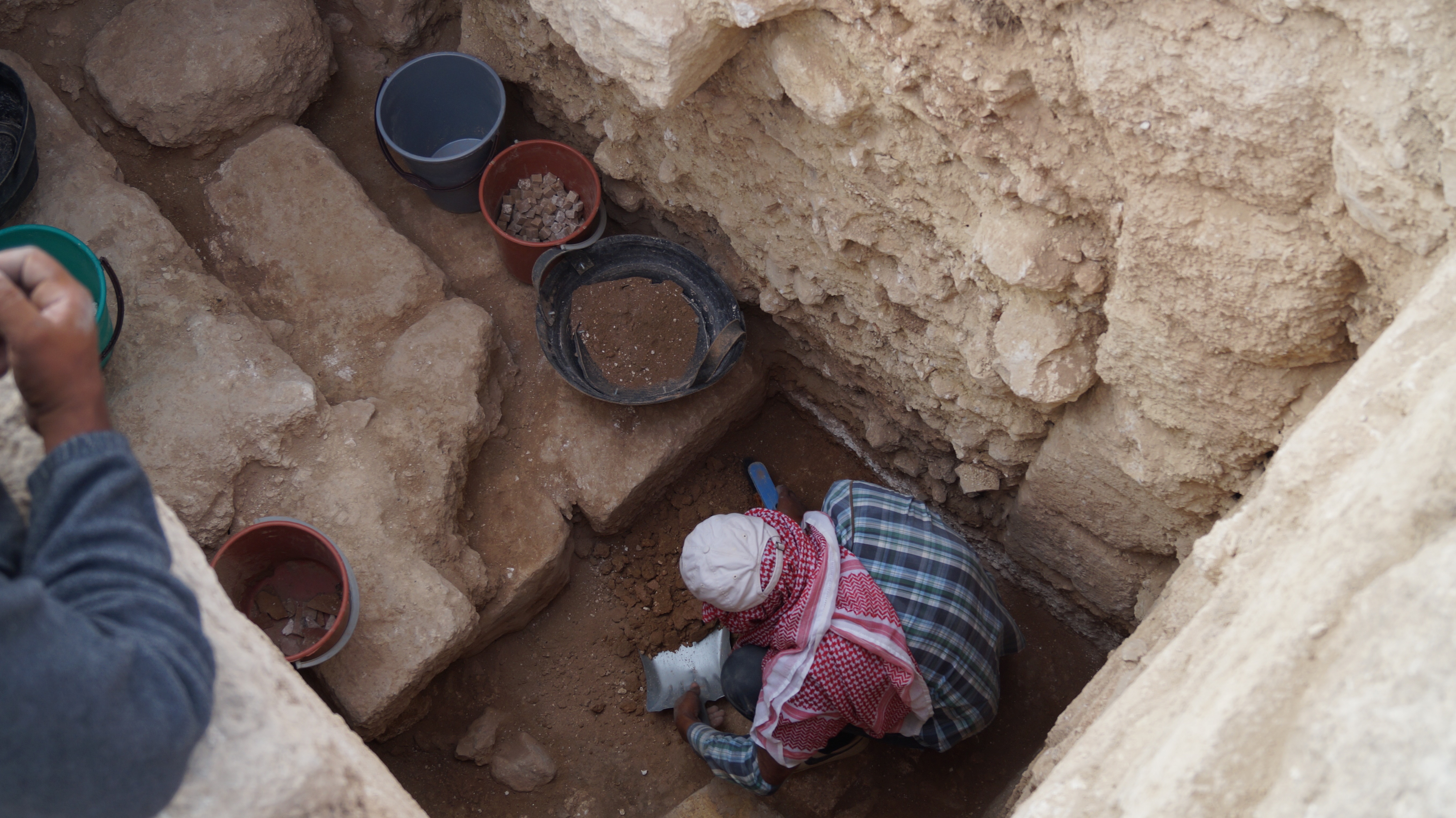UrbNet and Cambridge University Press collaborate on new book series
The new peer-reviewed book series Urban Archaeological Pasts presents new approaches and syntheses in the archaeology and ancient history of urban societies across the world. It is based on, among other things, the lecture series given by residential scholars at UrbNet.

Past urbanism, well-known and less well-known archaeological sites, and, importantly, theories and concepts of urbanism will be explored in a new UrbNet book series.
The series includes theoretical statements proposing new conceptual agendas, as well as regional syntheses exploring new perspectives and approaches. For millennia, cities and urban networks have shaped the development of human societies. The rise of urban societies as vehicles of societal processes has long been recognised as a turning point in history, but the nature of urbanism and the way in which it is defined remains a point of fierce discussion in scholarship. Today, new archaeological approaches are unveiling the evolution of these networks in unprecedented detail. This new series presents a forum for reviewing and debating new approaches to the urban past, as archaeology endeavours to characterise both the scale and pace of historical events and processes.
Since 2016, UrbNet has organised lecture series by the residential scholars at the centre – external visiting researchers as well as in-house researchers. These lecture series are planned to continue until 2025. Together with Cambridge University Press, UrbNet has now launched the book series Urban Archaeological Pasts, and each volume in the series is dedicated to one residential scholar and his or her research into the archaeology of urban pasts.
The book series is founded by UrbNet centre director, Professor Rubina Raja, and deputy director, Professor Søren M. Sindbæk, together with UrbNet’s previous visiting professor, Professor Michael E. Smith (Arizona State University), and the first volumes are already planned. The first book to be published is written by Professor Michael E. Smith. He uses a new approach to urbanism in his comparative and interdisciplinary examination of pre-modern settlements and cities.
What to expect from the new book series
The archaeological study of cities and urbanism lags seriously behind other parallel archaeological topics such as economics, political organisation, religion and ritual and social conditions of early societies. Within anthropological archaeology, urbanism was until recently neglected due to a strong research emphasis on the origins of complex societies. In fields where archaeology is linked more closely with history, urban sites have been studied as individual settlements, with little consideration of theories and concepts of urbanism. In the past decade, urban archaeology as a field, with both empirical and conceptual advances, has come of age. The new book series will be the first to take advantage of these recent developments, and it will help this new field develop and flourish.
Recent years have seen important changes in the ways urbanism is explored in archaeology from the Neolithic to the present. The increasing quality of fieldwork data from across the world, in particular new forms of data acquired through, for instance, high-resolution remote sensing and geophysics as well as geoarchaeological methods, has vastly expanded the range and quality of archaeology’s knowledge base relating to urban sites. In the process, it has opened major new debates about which, how and why societies in the past can be considered urban. Studies increasingly highlight dynamics in social and material networks in addition to familiar parameters of spatial form, settlement patterns and political institutions. The urban conditions and the pattern of society they engender are now starting to be seen as independent dynamics, which have had a far-reaching significance in human history.
These changes mark a seminal phase of developments for a field of study, which was long framed by a set of theoretical formulations from the mid-20th century. The new book series aims to frame and cultivate these important conceptual developments, and to provide readers with focused intellectual inquiries, which pursue and unfold their implications in relations to themes ranging from detailed regional studies to global comparative surveys.
Editorial board
Rubina Raja, Centre for Urban Network Evolutions, Aarhus University
Søren M. Sindbæk, Centre for Urban Network Evolutions, Aarhus University
Michael E. Smith, School of Human Evolution and Social Change, Arizona State University
